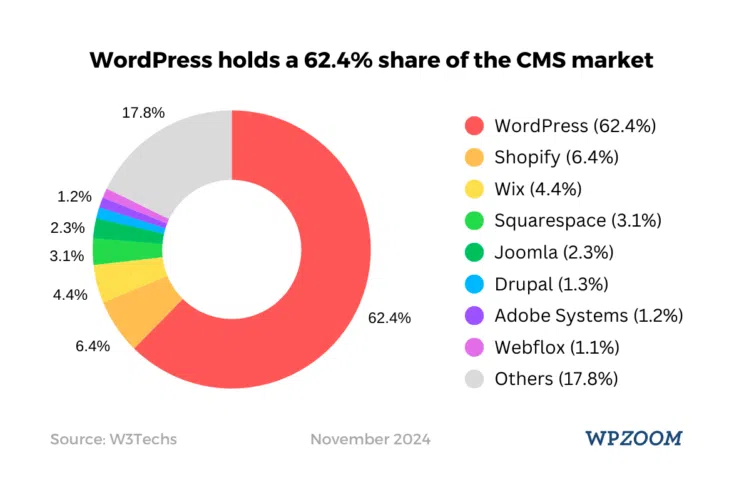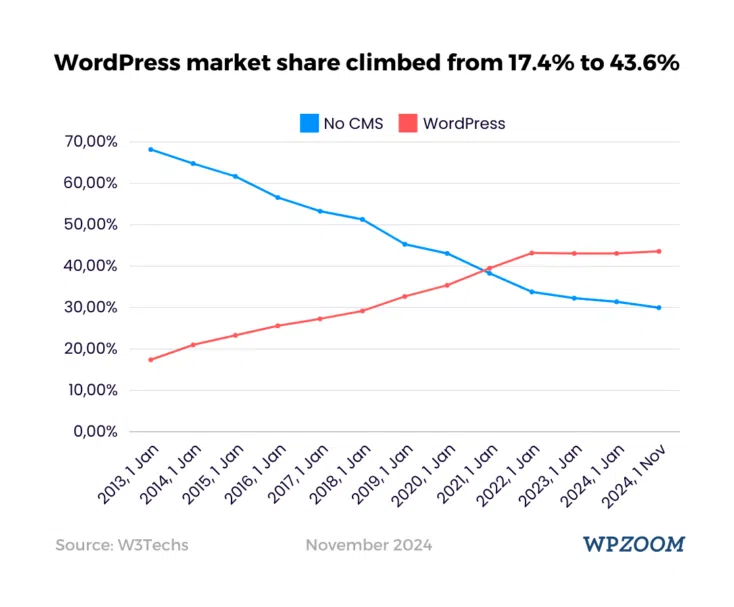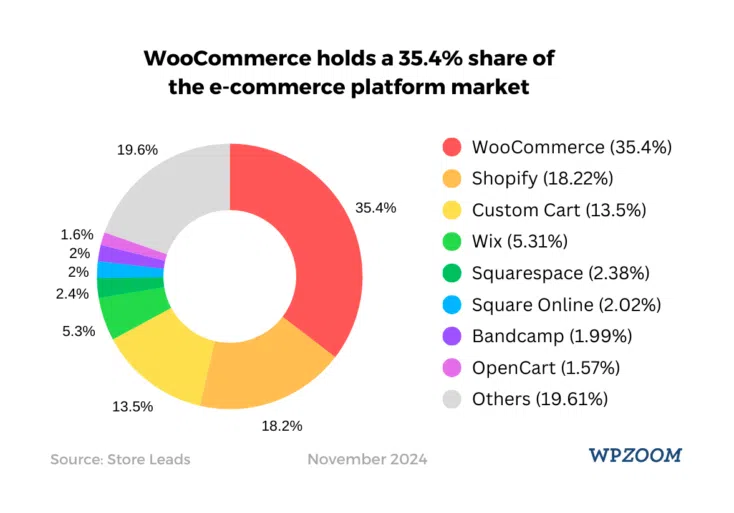Hey there friend! Ever feel like your website’s loading speed is slower than a snail in molasses? Yeah I get it.
It’s frustrating right? But what if I told you there’s a super cool trick to dramatically speed things up – server-side caching! It’s like magic but way more technical (and way cooler). Let’s dive in!

Understanding the Magic of Server-Side Caching
Server-side caching isn’t some complex space-age technology.

It’s actually pretty straightforward: it’s all about storing frequently accessed data on your server so it’s readily available when needed.
Imagine it like having a well-stocked pantry – instead of going to the grocery store every time you need a snack you grab it from your pantry (the cache). This saves tons of time and resources!
When a user visits your website the server checks its cache first.
If it finds the requested data already there (a “cache hit”) it instantly serves it up.

Boom! Fast loading times happy users.

But if the data isn’t in the cache (a “cache miss”) the server has to fetch it from the original source which is slower.

The goal is to maximize those sweet sweet cache hits!
Cache Hits vs. Cache Misses: The Great Race
Think of the cache as a high-speed race track for your data.
A cache hit is like a Formula 1 car zipping around the track – lightning fast! A cache miss is more like a bicycle struggling uphill – slow and painful.

We want more Formula 1 cars and fewer bicycles! The ratio of hits to misses is a key performance indicator.
A high hit rate means your caching strategy is working beautifully; a low hit rate means there’s room for improvement; maybe your caching strategy is not the best or the cache itself is too small.
We need to understand how to keep the “race track” optimized and efficient.
That’s where smart caching strategies and properly sized caches come in.
Getting this balance right is crucial for optimal performance.
The more frequently accessed data you can store in the cache the faster your site becomes.

But be careful not to make your cache too large or too small.
The process of deciding on the size of the cache depends on the amount of data being cached the amount of memory available the size of individual elements and the expected frequency of requests for individual elements.
Different Types of Caching: Beyond Server-Side
Now server-side caching isn’t the only caching game in town.

There’s also client-side caching where data is stored on the user’s browser.

🚀 Want a website that loads faster than a caffeinated cheetah? Then you NEED to check out this guide on server-side caching! It’s like magic, but for nerds. Learn the secrets now! ✨

Think of it as the user having their own little pantry stocked with your website’s goodies.
This is a great way to reduce the load on your server especially for static content like images and CSS files.
Client-side caching is incredibly effective for static content that doesn’t change frequently because browsers can use the cached version of those resources.
Server-Side vs. Client-Side Caching: A Head-to-Head
Let’s break down the differences between server-side and client-side caching in a simple table:
| Feature | Server-Side Caching | Client-Side Caching |
|---|---|---|
| Location | Server | User’s browser |
| Content Type | Static and dynamic content | Primarily static content (images CSS JS) |
| Control | You control the caching strategy | Browser controls caching (with some options) |
| Benefits | Reduced server load faster response times | Reduced bandwidth usage faster page loads |
| Drawbacks | Requires server resources potential for stale data | Limited control not suitable for dynamic content |
Ideally you’d use both types of caching to get the maximum performance boost. They complement each other perfectly creating a super-efficient system where both the server and the browser work together to deliver content swiftly. Think of it as a tag-team caching strategy – the server and the user’s browser work together to serve content super-quickly!

Common Server-Side Caching Challenges and Solutions
While server-side caching is awesome it’s not without its challenges.
Let’s tackle a few common issues and how to fix them.
🚀 Want a website that loads faster than a caffeinated cheetah? Then you NEED to check out this guide on server-side caching! It’s like magic, but for nerds. Learn the secrets now! ✨
1. Cache Incoherency: Keeping Things Consistent
Cache incoherency is like a game of telephone – different caches might hold slightly different versions of the same data leading to inconsistencies.
This happens when multiple caches store the same data that is modified by different processes.
This happens often in multiprocessing environments.
To mitigate this problem you need to employ mechanisms that ensure all copies of the data in all caches are always consistent and up-to-date.
One way to solve this is through sophisticated cache management systems that use techniques such as write-back caching write-through caching and cache invalidation.
Another approach involves using distributed caching systems with built-in mechanisms for maintaining data consistency across multiple caches.
2. Serving Stale Content: Out With the Old In With the New
Serving stale content is like showing a customer a menu from last week – it’s outdated and misleading.
This happens when cached content isn’t updated to reflect the latest changes on the source server.
To avoid this you need to implement strategies to regularly refresh the cache or only cache content that you know won’t change frequently.
To prevent serving stale content consider using strategies such as time-to-live (TTL) values to set expiration times for cached items.
Furthermore actively implementing cache invalidation processes or employing more advanced strategies like cache tagging to invalidate related items when changes occur can ensure that your users always see the most current information.

Another technique is to use a combination of caching and validation techniques to ensure that you always serve the latest content.

3. Caching Dynamic Content: A Balancing Act
Dynamic content which changes based on user actions or real-time data is tricky to cache.
It is usually hard to cache because it is personalized based on user interactions or it is frequently updated in real-time.
🚀 Want a website that loads faster than a caffeinated cheetah? Then you NEED to check out this guide on server-side caching! It’s like magic, but for nerds. Learn the secrets now! ✨
You need to find a way to cache parts of the dynamic content while avoiding stale content.

The most straightforward solution for caching dynamic content is to break it into smaller more manageable parts with some parts being cached and some being dynamically generated.

Another way to improve the situation is to combine caching with conditional caching techniques to invalidate cache entries when data changes or to update them.
One solution is to use edge-caching techniques where data is stored on servers that are closer to the end-users.
By distributing the load on the server and reducing the amount of latency for users you can minimize the strain on the server.
Pressable’s Advanced Approach to Server-Side Caching
At Pressable we take server-side caching seriously.
Check our top articles on Defining Server-Side Caching: An In-Depth Look
We use a powerful combination of NGINX and PHP-FPM to optimize everything.
NGINX is like a traffic cop directing requests efficiently.
PHP-FPM is the super-fast content renderer for dynamic pages.
Together they create a powerful dynamic duo ensuring that every piece of content static or dynamic is delivered at lightning speed.
We also utilize edge caching pushing content to servers closer to your users making it even faster.
This significantly reduces server load while simultaneously improving the overall user experience.
Edge Caching: The Next Level
Edge caching is like having little helper servers all over the place each holding copies of your website’s data.
When a user requests something the closest helper server provides it instantly bypassing any potential bottlenecks.
It’s like having multiple Formula 1 cars racing simultaneously always ensuring the fastest possible delivery.
By using edge caching we distribute the load on your main server ensuring peak performance even during traffic surges.
This leads to better performance faster response times and ultimately happier users.
It is a critical tool for ensuring the quick loading of content.
It helps to distribute the workload between servers.
Conclusion: Level Up Your Website’s Speed!
Server-side caching is a must for website performance.

By understanding the basics recognizing potential challenges and implementing smart strategies you can significantly improve your website’s speed user experience and overall success.
Don’t settle for a slow sluggish site – embrace the power of caching and watch your website fly! Plus tools like Pressable make it incredibly easy to implement advanced caching techniques – it’s like having a team of caching ninjas working for you!


